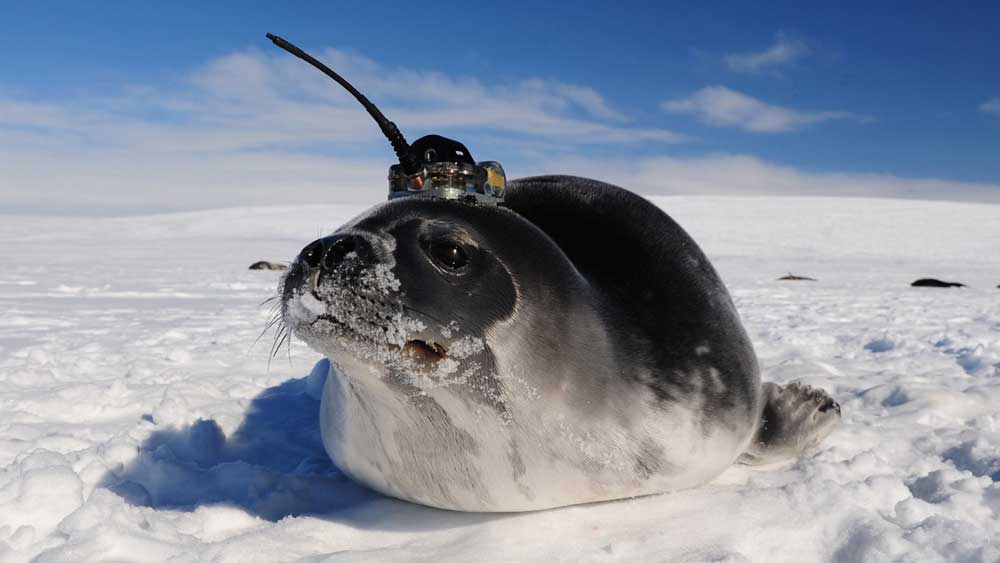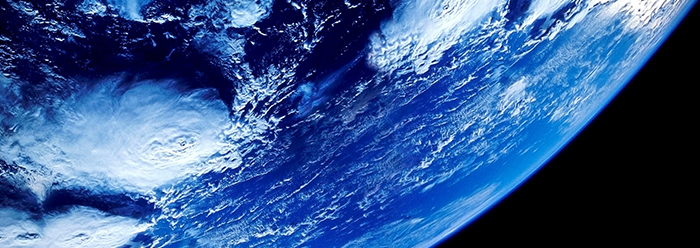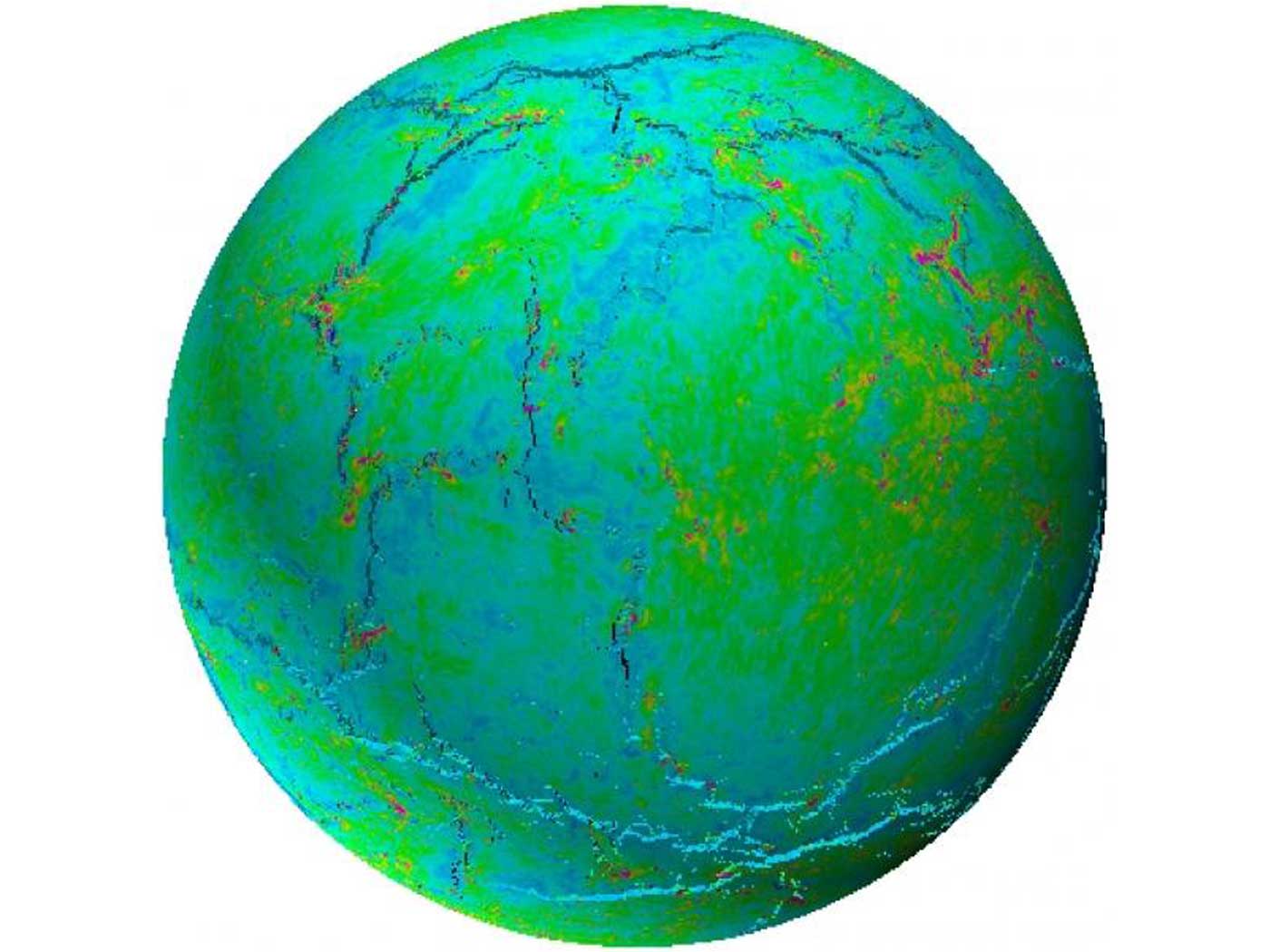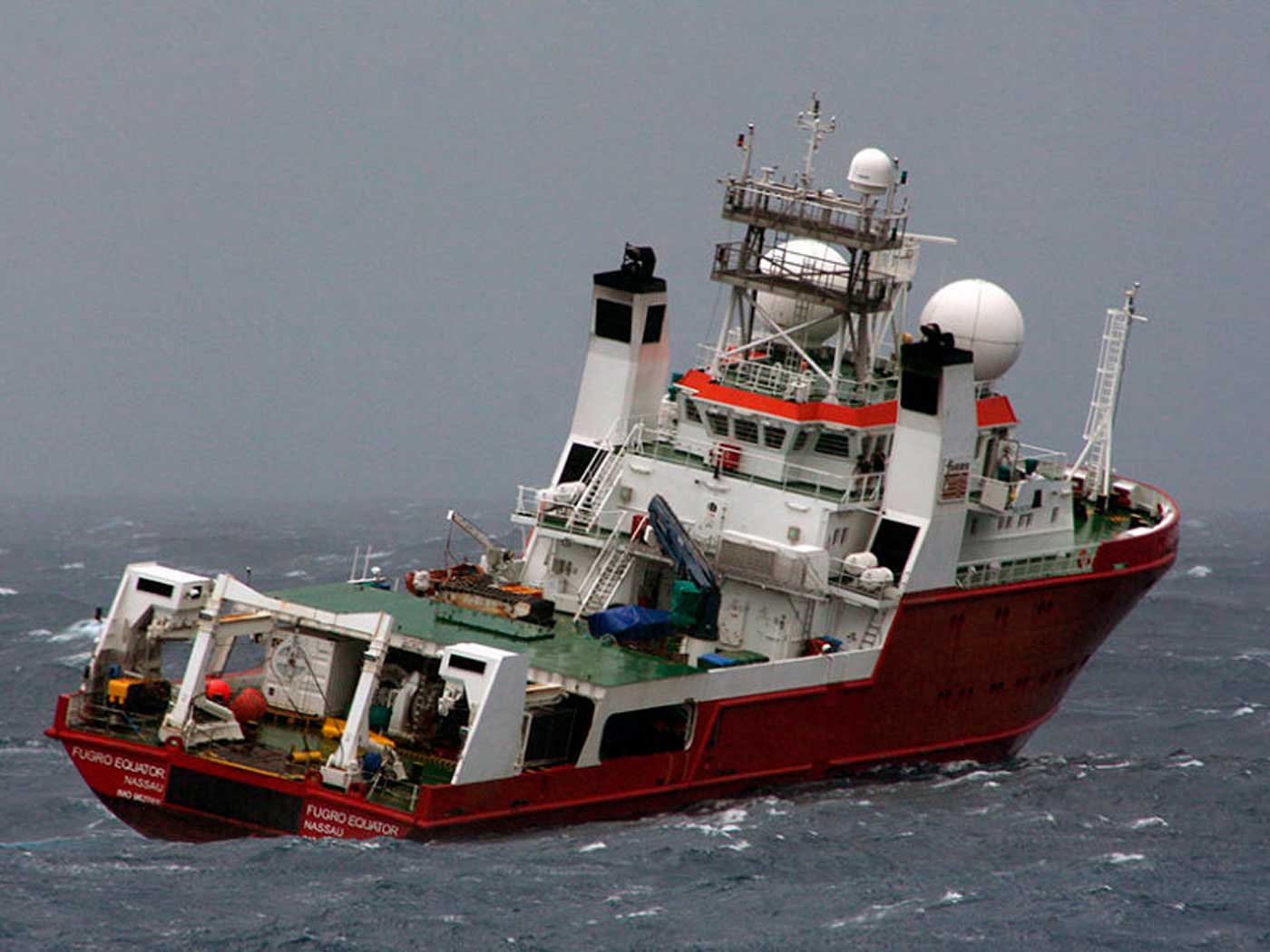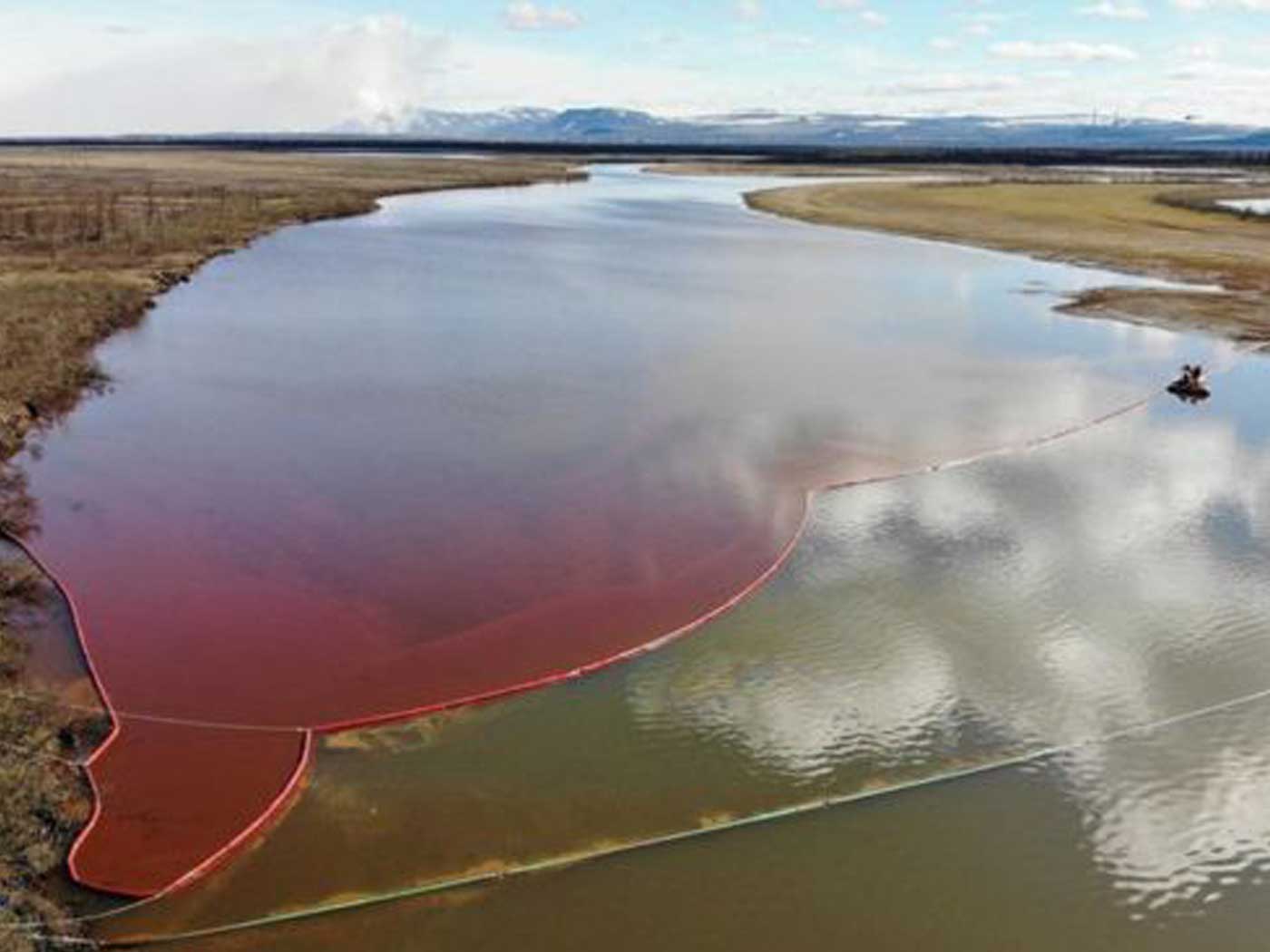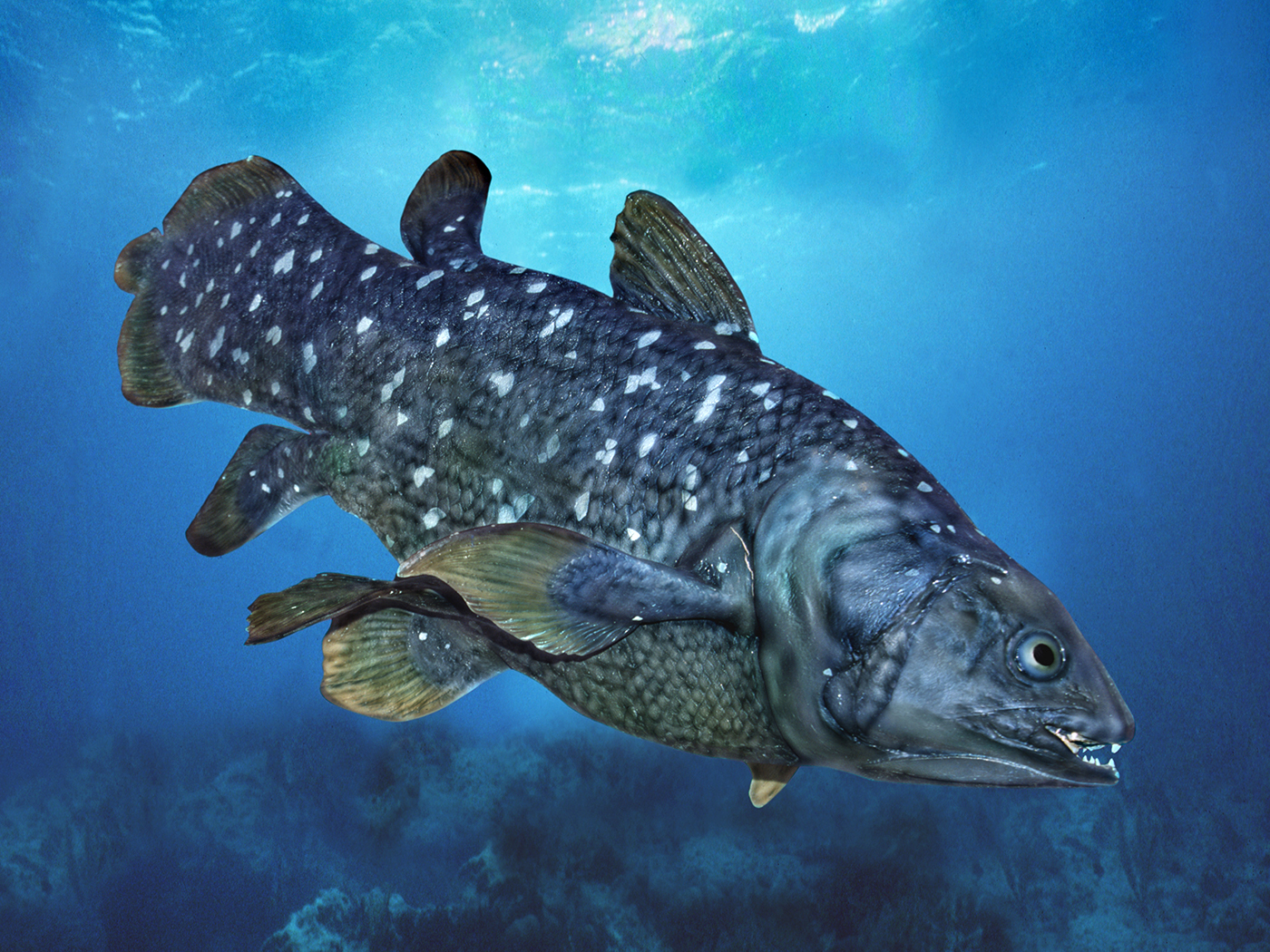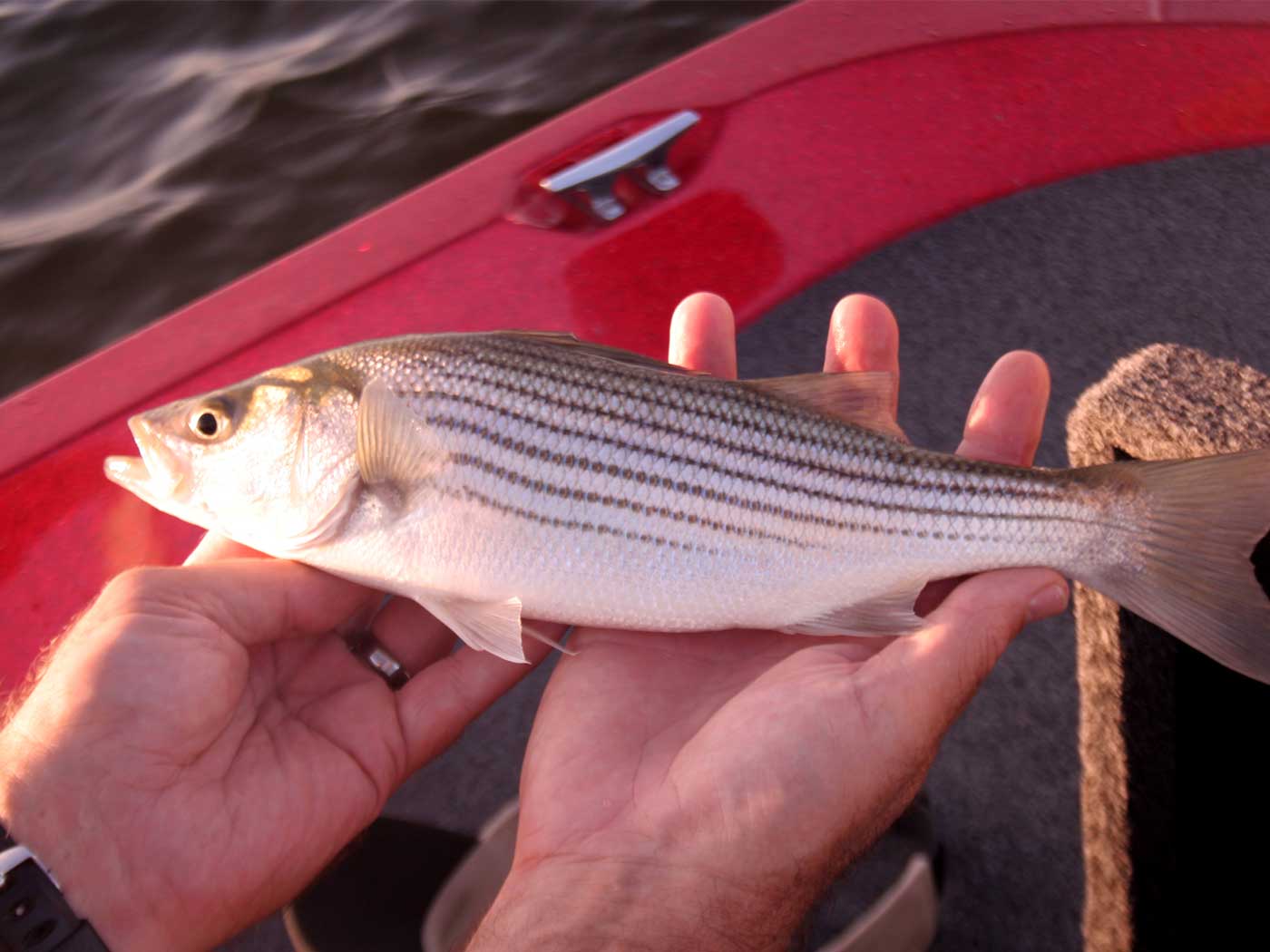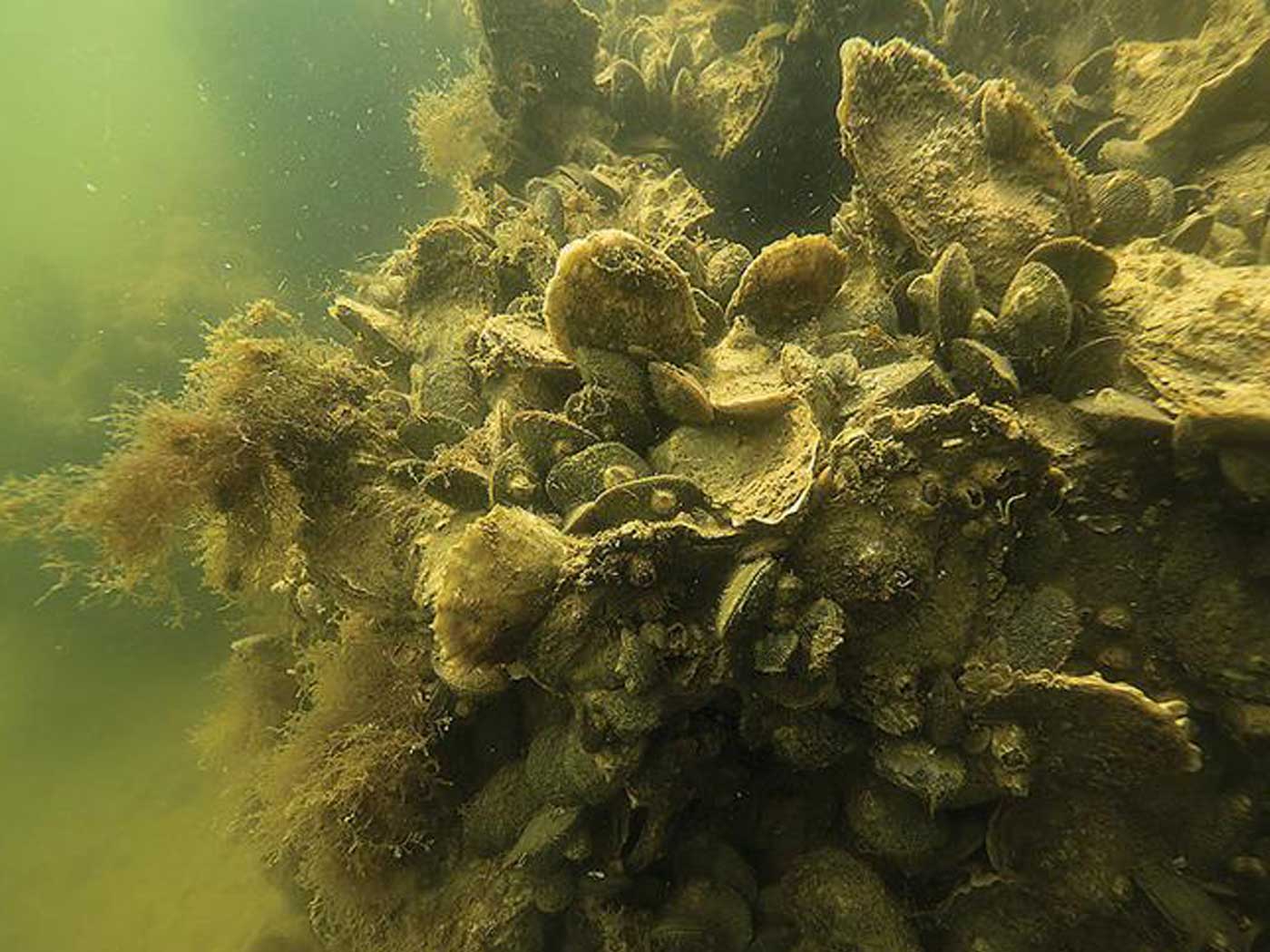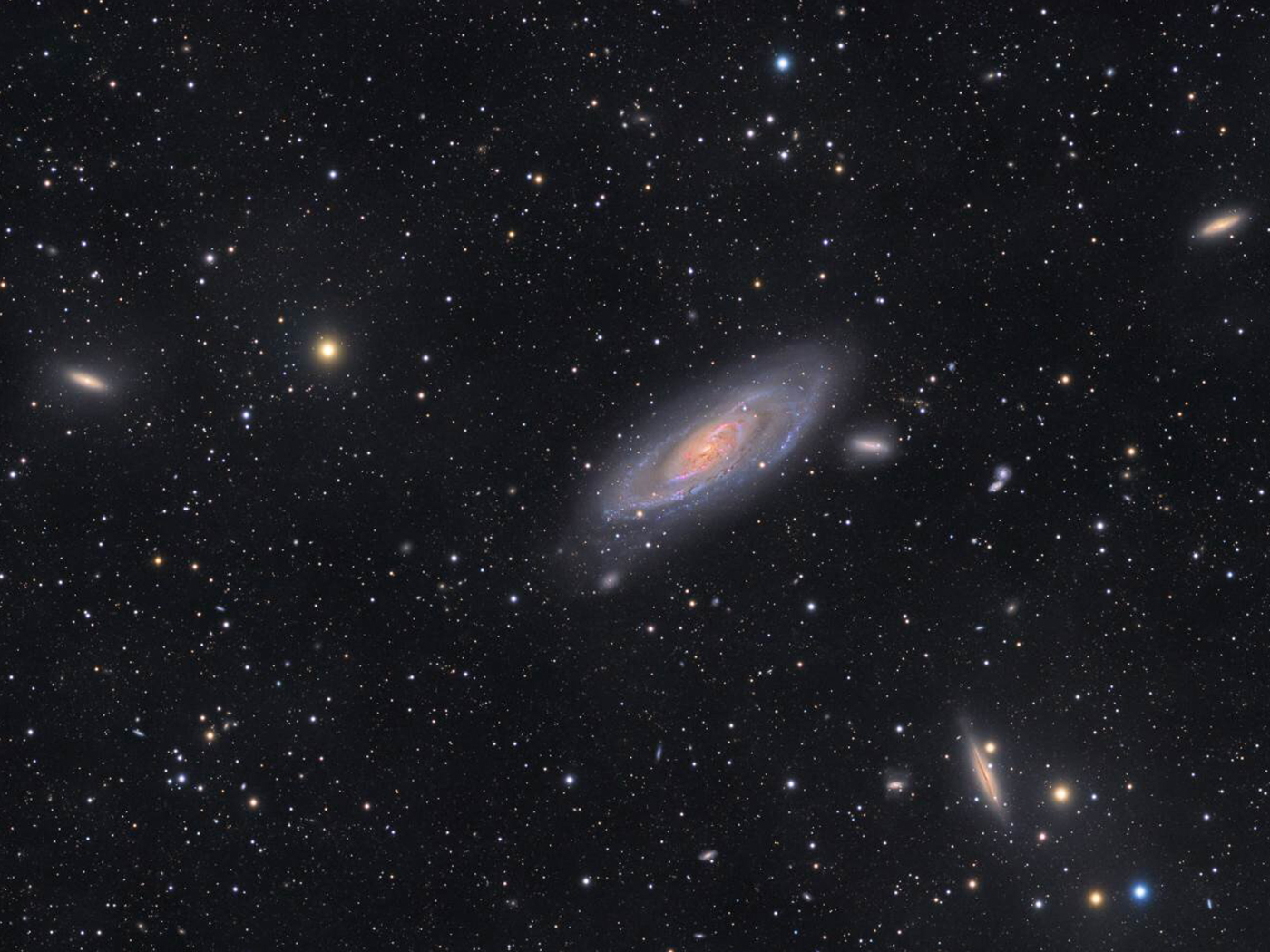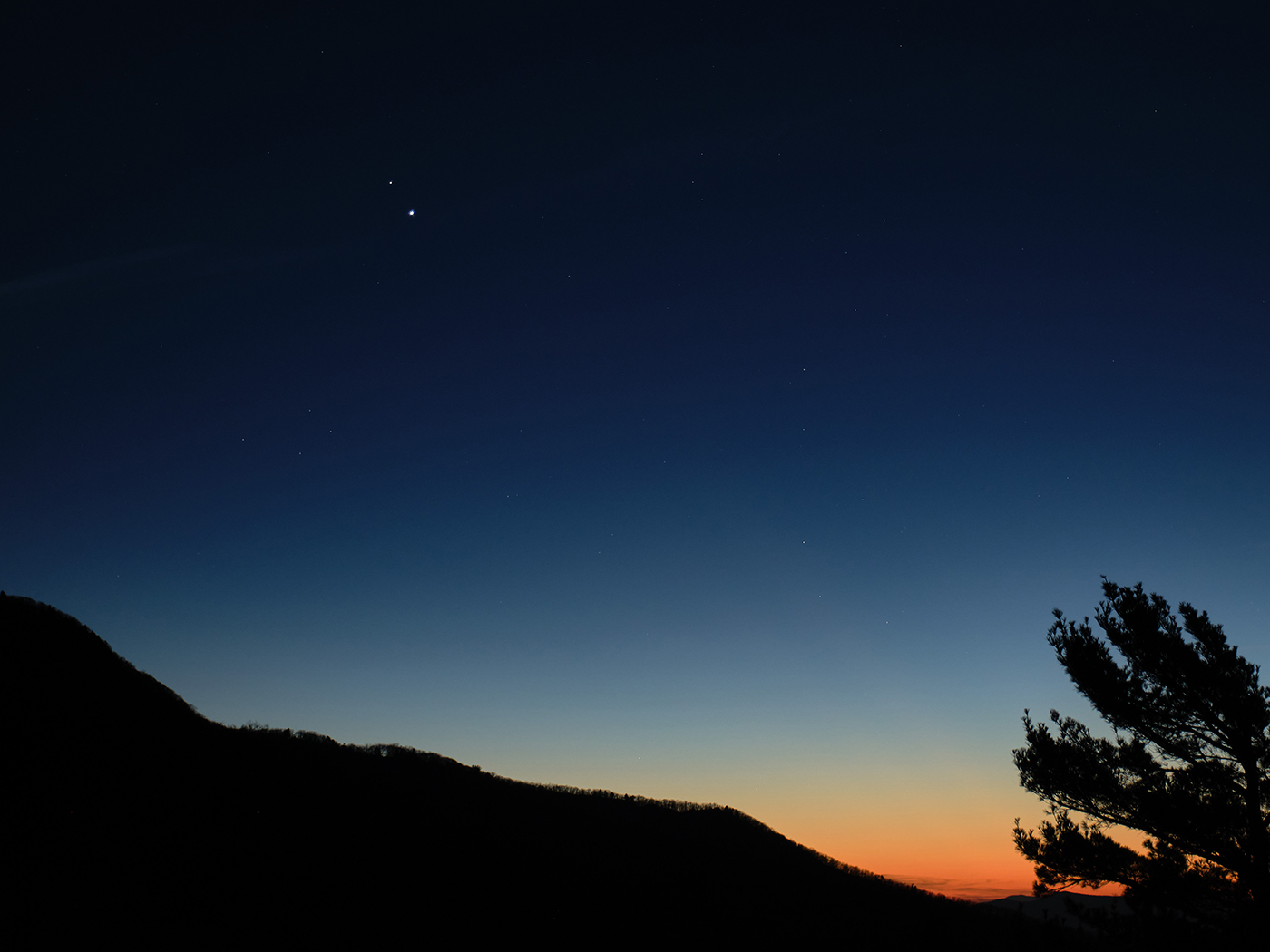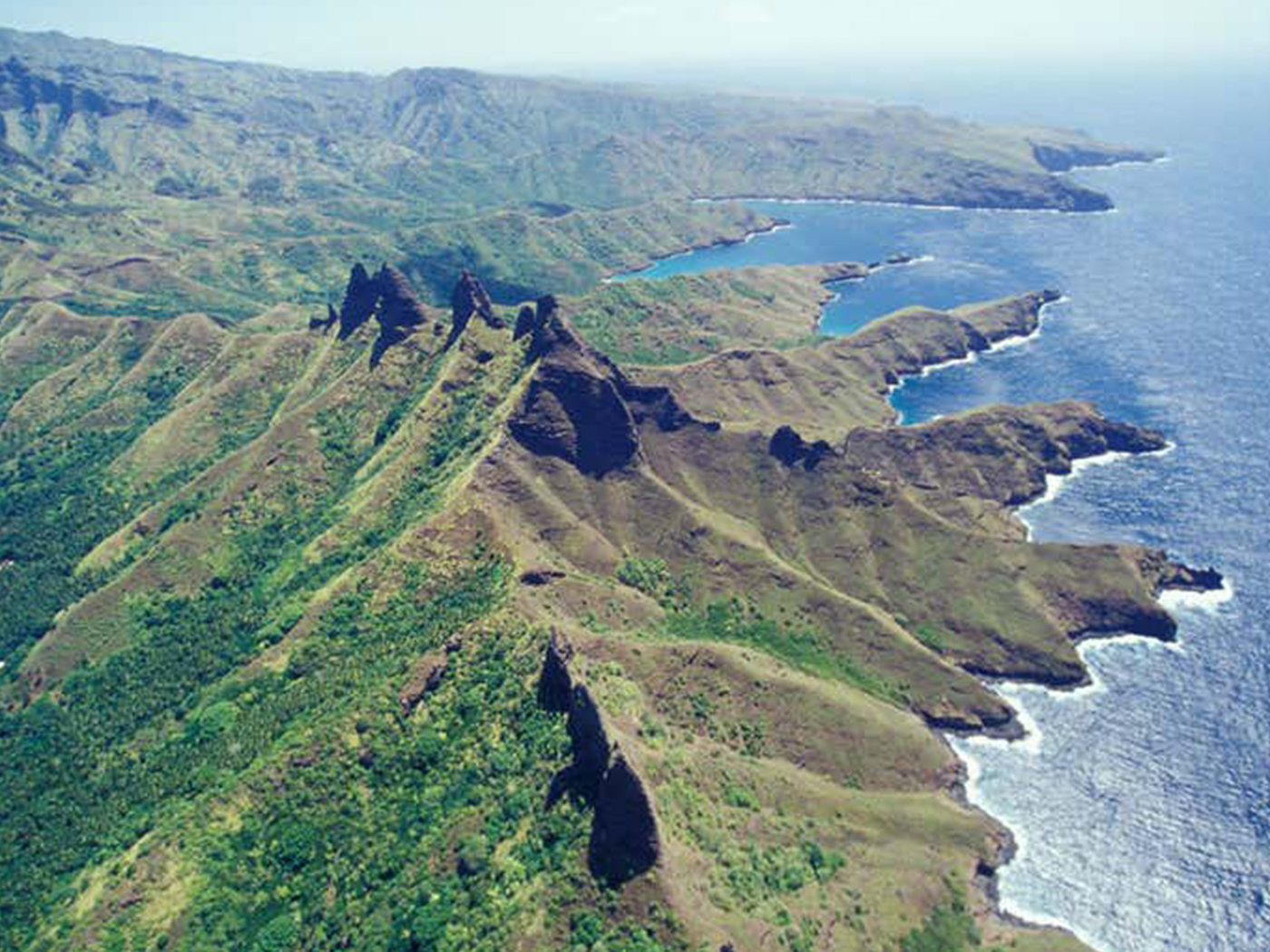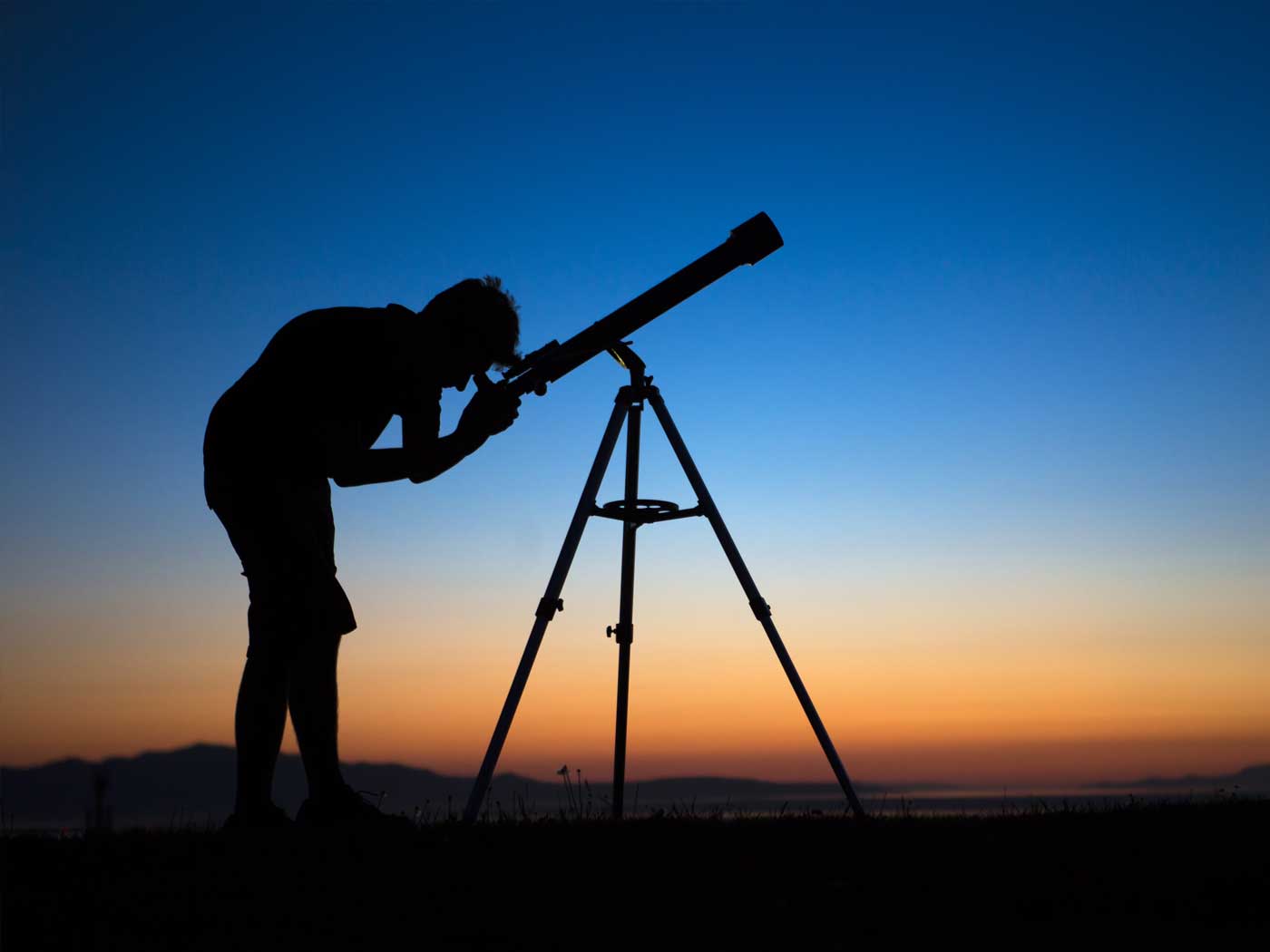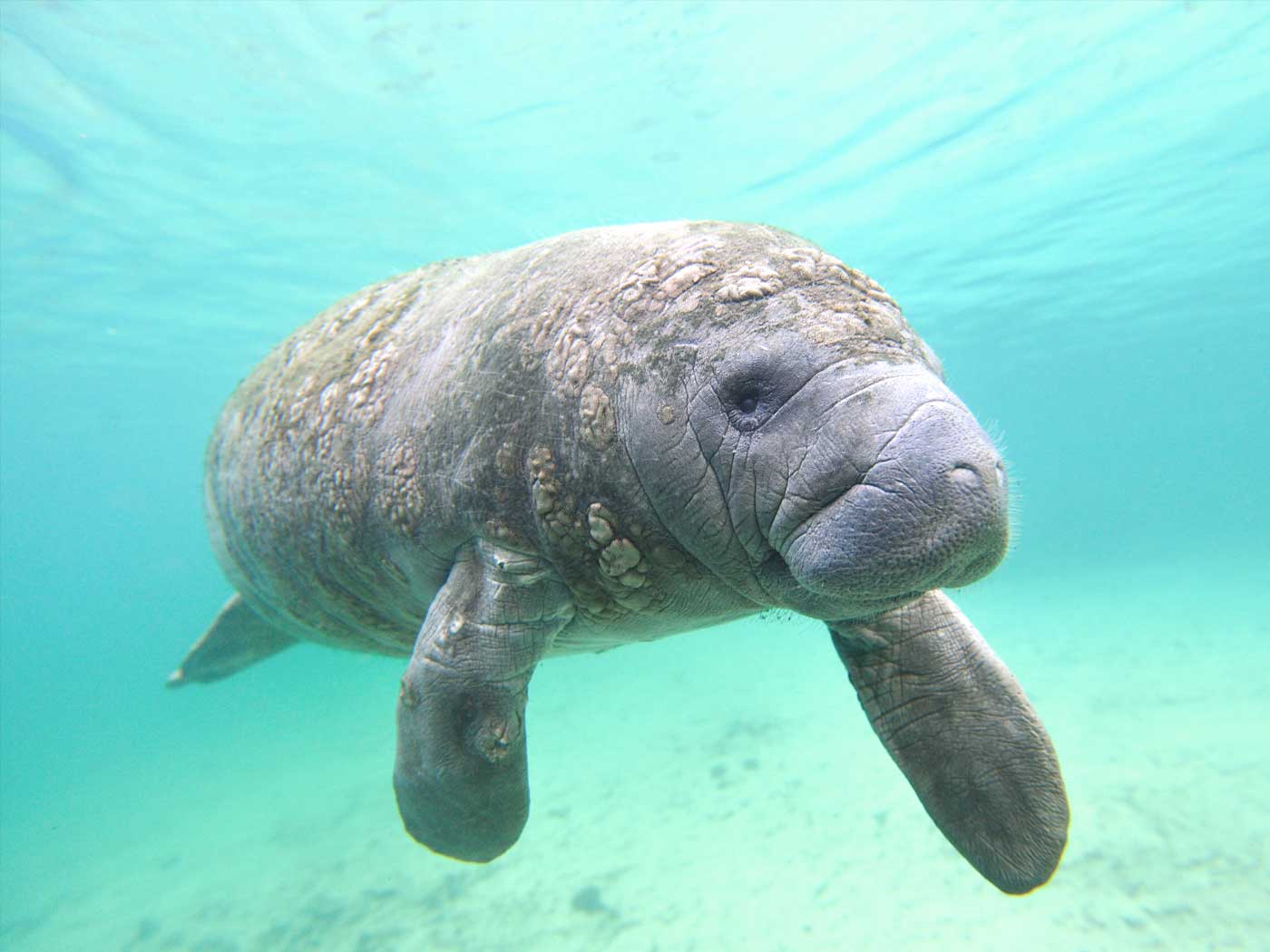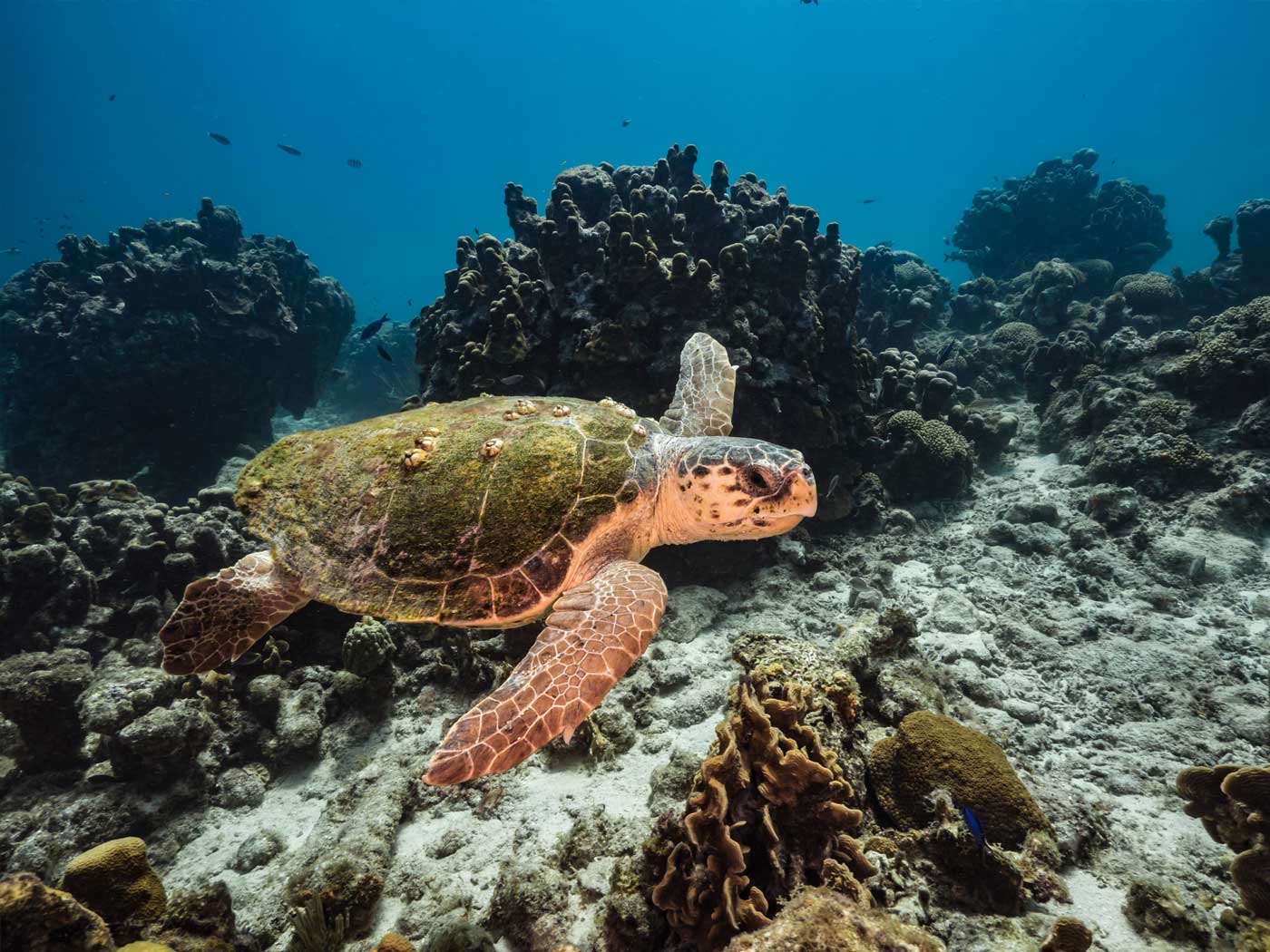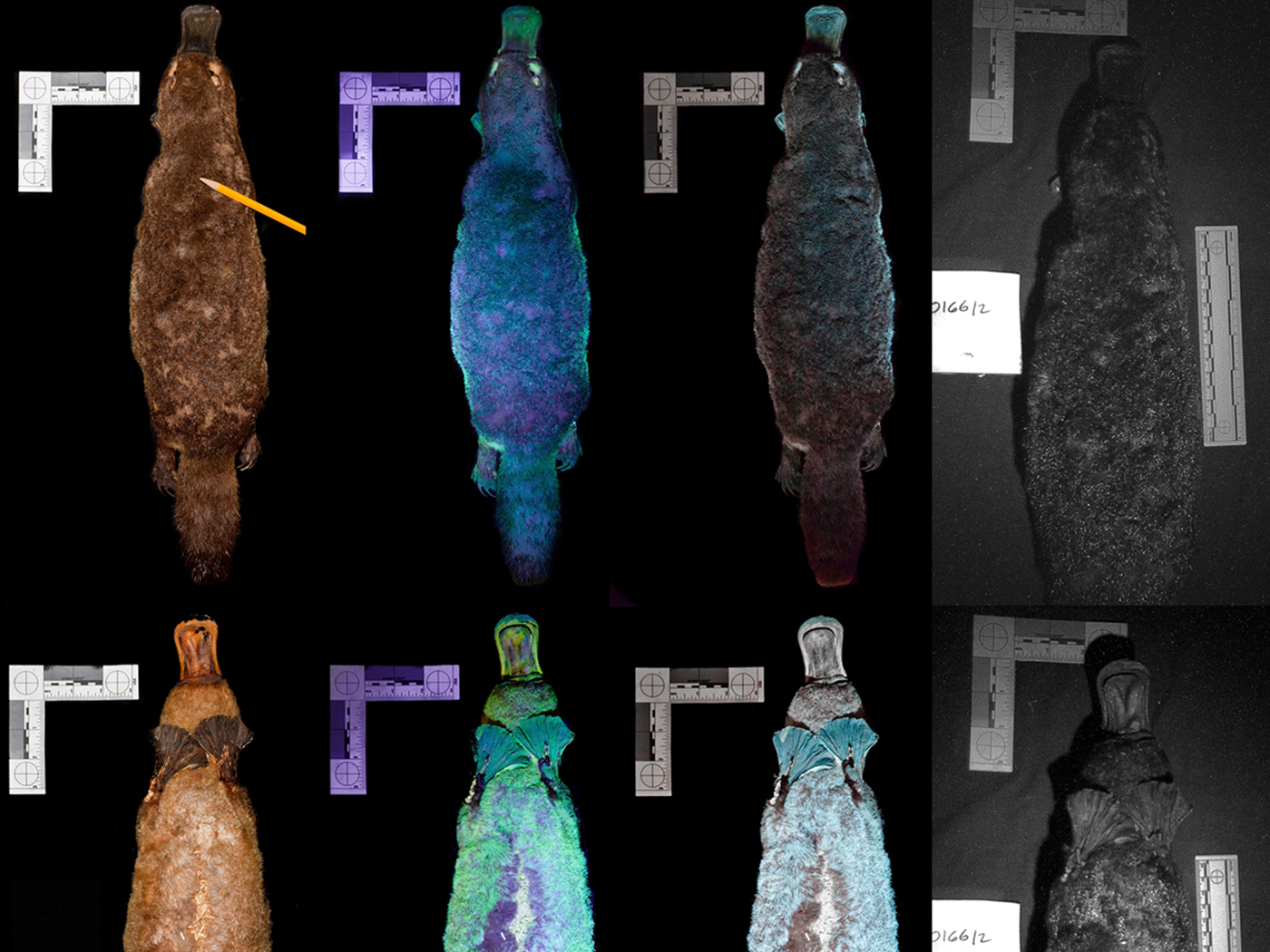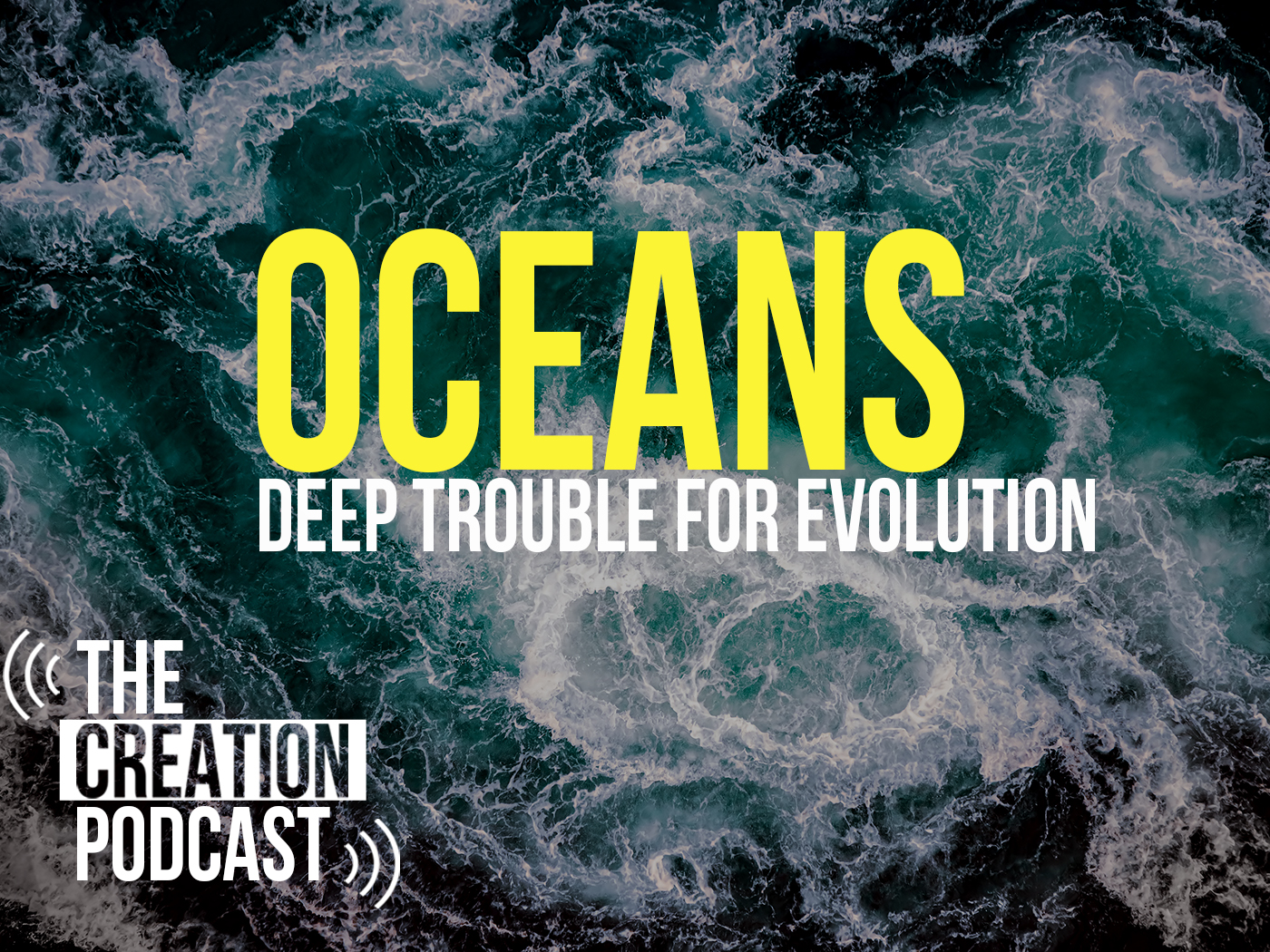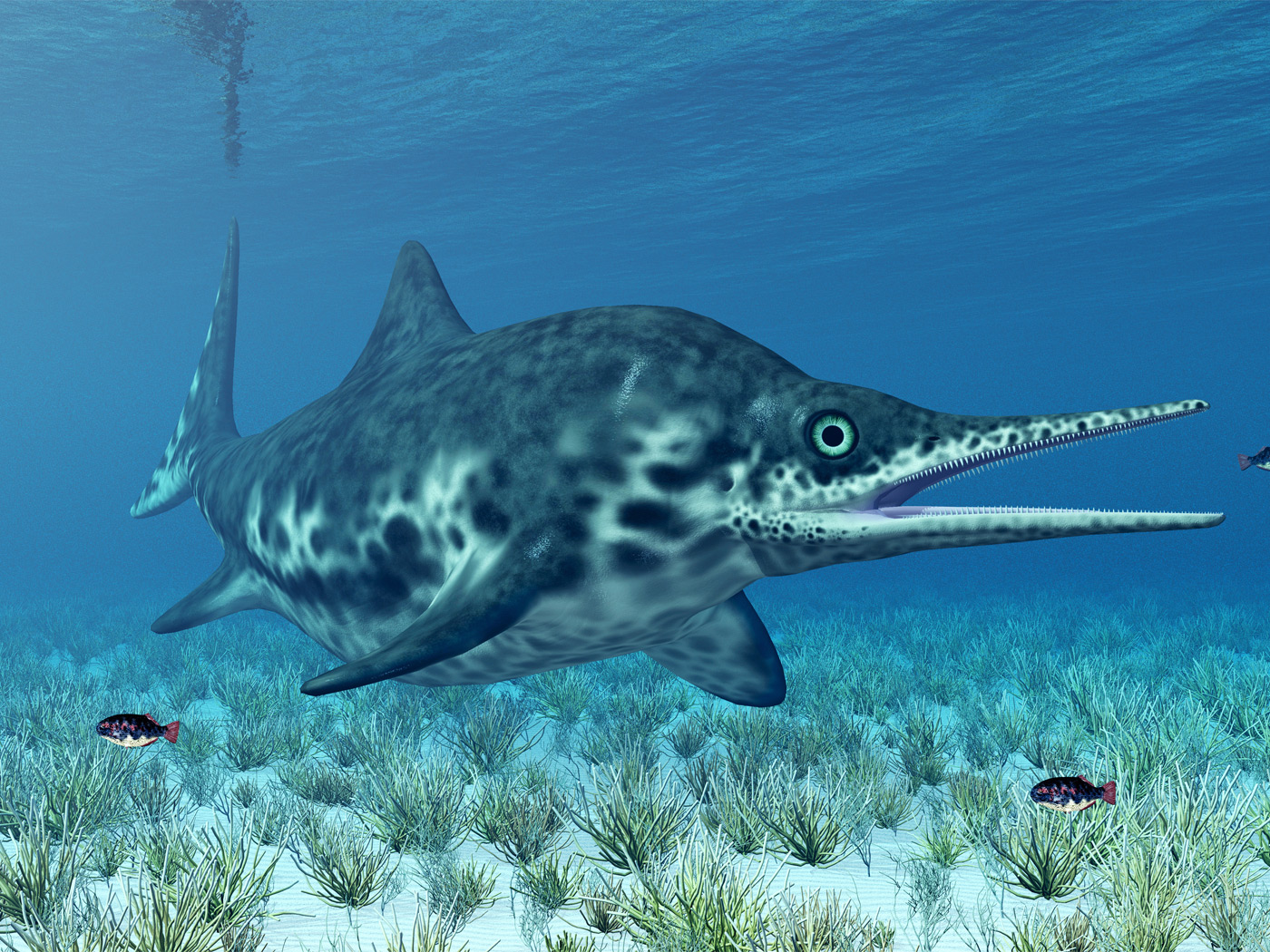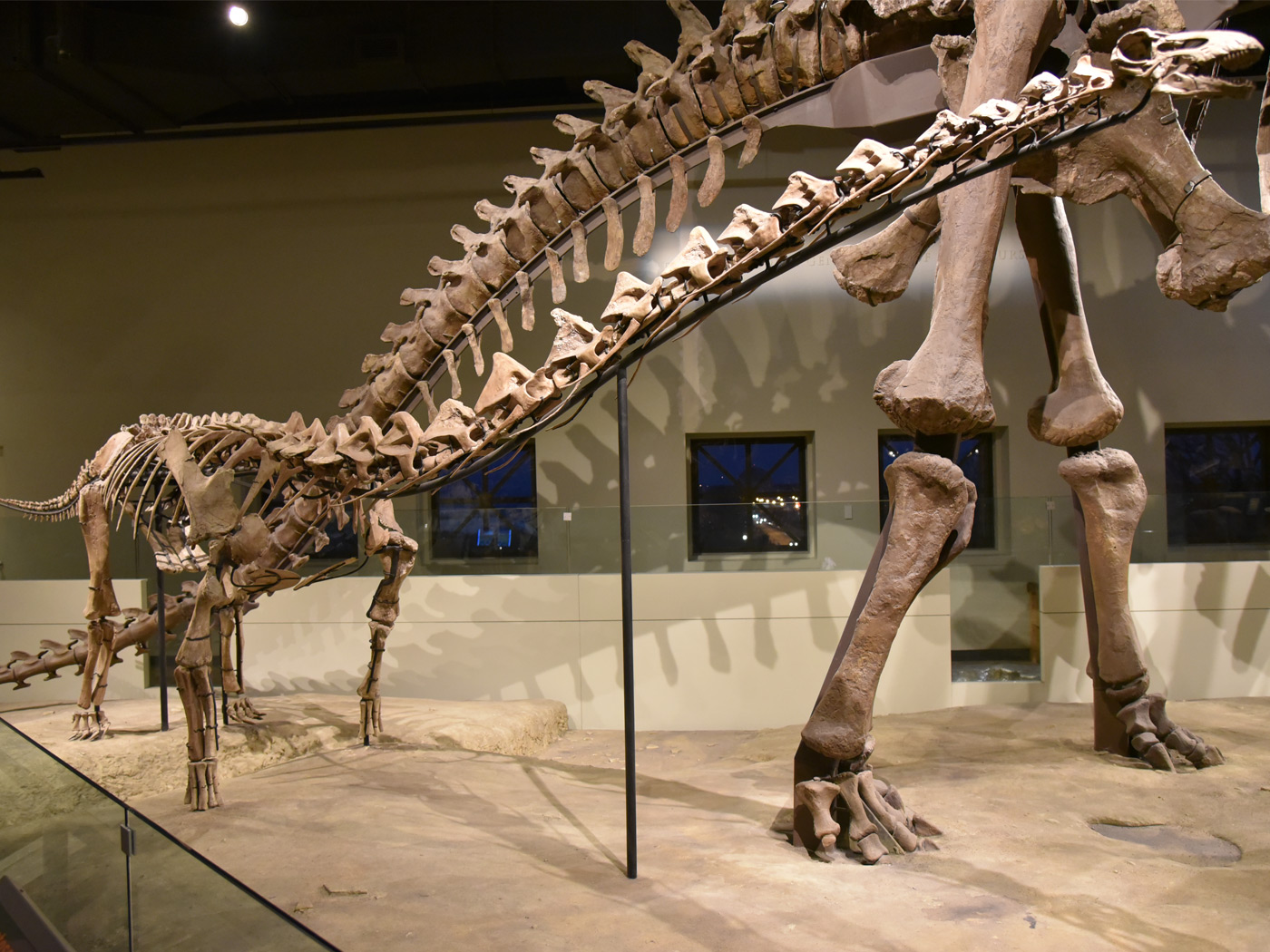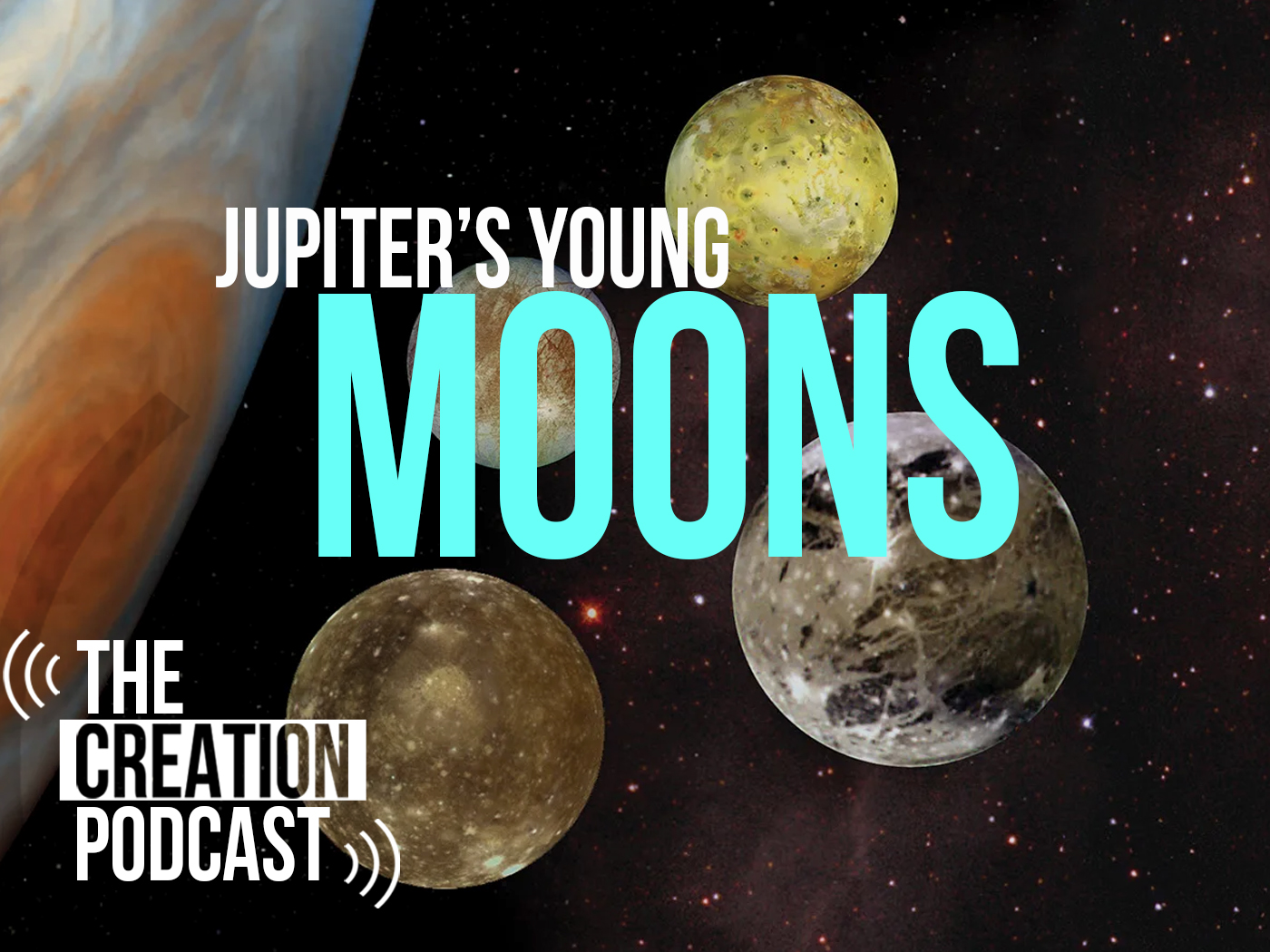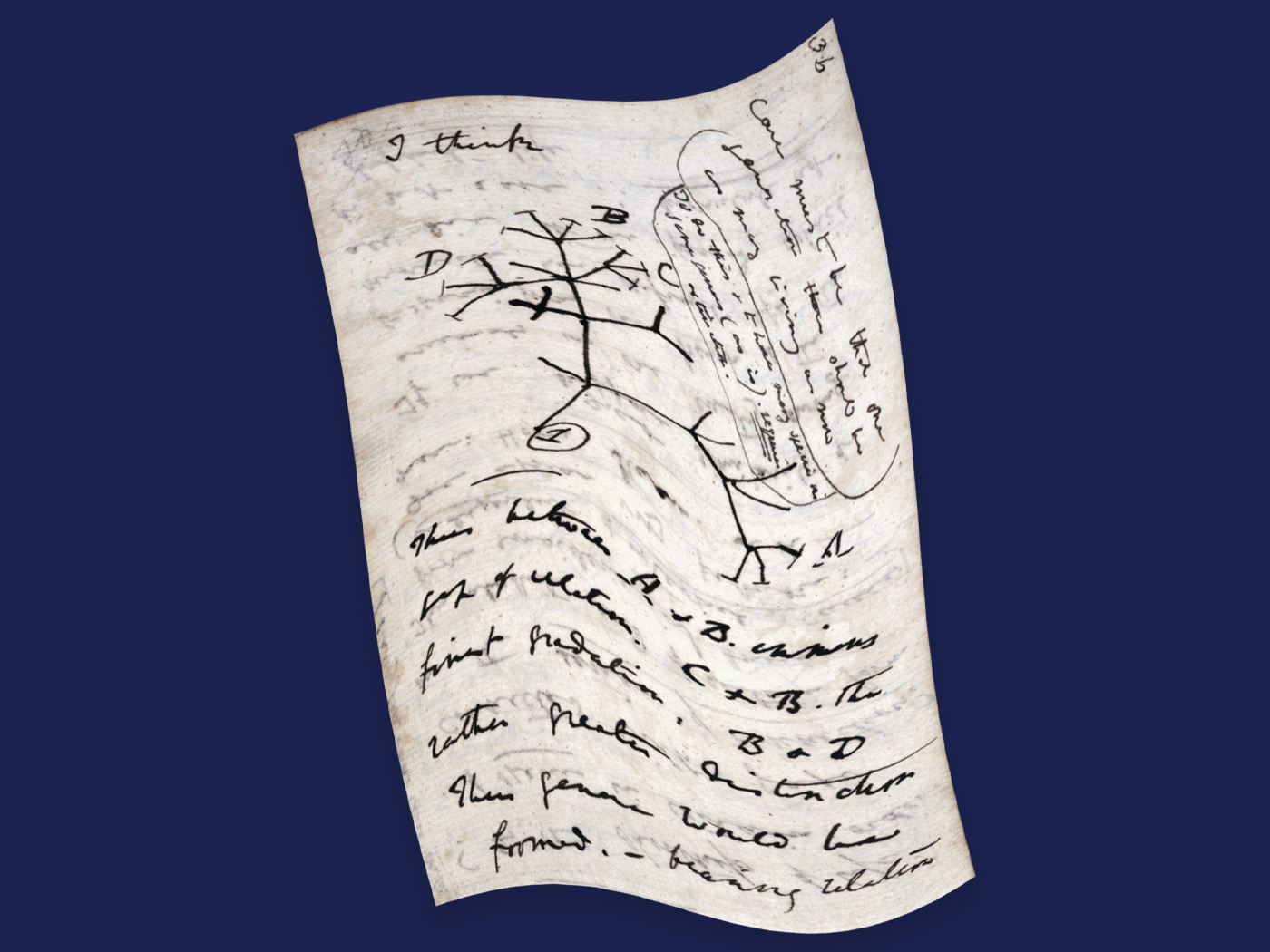Using state-of-the-art ocean robots and scientific sensors attached to seals, researchers in Marine Sciences at the University of Gothenburg have for the first time observed small and energetic ocean currents in the Southern Ocean. … Two new studies [led by Dr. Sebastiaan Swart and Dr. Louise Biddle] use highly novel techniques to collect rare data in the ocean both under and near the sea ice surrounding Antarctica (www.roammiz.com). … These papers present for the first time upper ocean currents of approximately 0.1-10 km in size. These currents, which are invisible to satellite and ship-based data, are seen to interact with strong Southern Ocean storms and with physical processes occurring under sea ice.3
Discovering such huge ocean currents under sea ice near Antarctica’s shoreline is obviously very cool research.
Using instrumented seals, we present the first known observations of submesoscale fluxes [i.e., subsurface-flowing currents] from late austral summer through to spring in and near Antarctic sea ice. Our findings show that these smallâ€scale processes can have a strong effect on the upper ocean and can cause the mixed layer depth to shoal even in the middle of winter. There is also a clear seasonal cycle in the magnitude of the submesoscale activity.5
The research was focused on underwater currents. Nineteenth century oceanographer Matthew Maury called these currents “paths of the seas,” a phrase taken from Psalm 8:8. Yet the energetic subsurface ocean currents were documented under sea ice (during Antarctica’s winter), showing that these near-the-surface flowing “rivers” are much more forceful and complicated than previously imagined.
Seals are amazing cold-water creatures—a fact that ICR has previously reported on.6,7 So they were harnessed with equipment to act as research assistants, helpfully collecting underwater measurements.
“Using the data collected by the seals, we’re able to look at the impact these upper ocean currents have underneath the sea ice for the first time. It’s a really valuable insight into what was previously completely unknown in the Southern Ocean,” says Dr Louise Biddle, Department of Marine Sciences, University of Gothenburg. The winter had assumed to be a “quiet” time due to the dampening effect of sea ice on the ocean’s surface. However, the two studies show that these upper ocean currents have a significant effect on the ocean during winter.3
These new oceanography discoveries were published in Geophysical Research Letters3 and in Journal of Geophysical Research: Oceans.4 The research could not have been accomplished without the satellite-facilitated environmental tracking equipment that the Swedish researchers used, with the help of high-tech equipment-bearing Weddell seals, plus programmable underwater robots.
Some of the findings by Sebastiaan Swart and his team gives further insight how these observed ocean currents work. Their study highlights that during times when there are no storms and winds are weak, upper ocean currents start to become much more energetic. This energy enhances the rate of ocean mixing and transport of properties, like heat, carbon and nutrients, around the ocean and into the deep ocean.3
The data gleaned from sensors harnessed to seals was complemented by robot-acquired data using satellite technology.
“These new ocean robots, so-called gliders, which we control by satellite for months at a time, have allowed us to measure the ocean at unprecedented high resolution.” [Quoting Dr. Sebastiaan Swart] … The glider can dive to 1000 metres and send back information via satellite to the researchers working close to the ice edge. … A deep diving ocean robot deployed in the Southern Ocean in rough weather from the South African Ice Breaker … spent five months in the ocean to collect data and transfer them to the researchers via satellite.3
We observe salinityâ€dominated lateral density fronts occurring at subâ€kilometer scales. … Satellite radar imagery shows evidence of 1–10 km eddies and jets in the ocean adjacent to the seaâ€ice edge around Antarctica. We use field observations of temperature, salinity, and wind speed from autonomous robotic platforms deployed in the seaâ€ice zone for >3 months. These measurements provide estimates of the surface ocean density fronts which are controlled primarily by lateral variations in salinity.4
We observe salinityâ€dominated lateral density fronts occurring at subâ€kilometer scales. … Satellite radar imagery shows evidence of 1–10 km eddies and jets in the ocean adjacent to the seaâ€ice edge around Antarctica. We use field observations of temperature, salinity, and wind speed from autonomous robotic platforms deployed in the seaâ€ice zone for >3 months. These measurements provide estimates of the surface ocean density fronts which are controlled primarily by lateral variations in salinity.4
This gives a new twist to the phrase “uncharted waters,” because this new research is providing new documentation to the subsurface waters of the ocean near Antarctica. This again illustrates that Psalm 8:8 was literally referring to the “paths of the sea.” These were scientifically pioneered by Matthew Fontaine Maury, a biblical creationist.1
It’s good to learn more about the “paths of the seas”—and to appreciate how they all demonstrate how caringly and carefully God has orchestrated the many moving parts of His creation. But that is no surprise to Genesis-affirming creationists—like “Pathfinder” Matthew Maury who intentionally looked to Scripture to understand creation.8 He once said,
“I have been blamed by men of science, both in this country [America] and in England, for quoting the Bible in confirmation of the doctrines of physical geography. The Bible, they say, was not written for scientific purposes, and is therefore no authority in matters of science. I beg pardon! The Bible IS authority for everything it touches. What would you think of an historian who should refuse to consult historical records of the Bible, because the Bible was not written for the purposes of history?”9
Stage image: A Weddell seal assists Swedish researchers near Antarctica.
Stage image credit: Dan Costa. Copyright © 2020. Adapted for use in accordance with federal copyright (fair use doctrine) law. Usage by ICR does not imply endorsement of copyright holders.
References
1. Psalm 8:8 refers to “the paths of the seas.” Whoever studies the oceans, Maury contended, “must look upon it as a part of that exquisite machinery by which the harmonies of nature are preserved, and then will begin to perceive the developments of order and the evidences of design.” Quoting Maury, M. F. 2003. Physical Geography of the Sea and its Meteorology. Mineola, NY: Dover Publications, 57. (Reprint of Maury’s original text of 1855.)
2. “Matthew Fontaine Maury relied upon Psalm 8:8 as the Biblical basis for recognizing and discovering the ‘paths of the seas’, as he pioneered the science of oceanography … In contrast to closed-Bible “scientific method” research (promoted by deists and their mimics), Commander Maury’s creation research and analysis exemplifies how scientific research investigations should be guided by Biblical information about creation, such as specific biblical words and phrases that describe how Earth’s interactive ecosystems (and their components) actually operate.” Quoting Johnson, J. J. S. 2015. An Oceanographer’s Insight, for Researching and Analyzing Oceanic and Littoral Ecosystem Dynamics, Guided by ‘High-Definition’ Biblical Philology. Presented at the Creation Research Society Conference. Dallas, Texas: July 31, 2015.
3. Eliasson, C. Unknown Currents in Southern Ocean have been Observed with Help of Seals. University of Gothenburg. Posted on marine.gu.se June 23, 2020, accessed July 31, 2020.
4. Swart, S., M. D. du Plessis, A. F. Thompson, et al. 2020. Submesoscale Fronts in the Antarctic Marginal Ice Zone and their Response to Wind Forcing. Geophysical Research Letters. Vol. 47.
5. Biddle, L. C., and Swart, S. 2020. The Observed Seasonal Cycle of Submesoscale Processes in the Antarctic Marginal Ice Zone. Journal of Geophysical Research: Oceans. Vol. 125.
6. Thomas, B. 2010. Seal Whiskers Track Fish Trails. Creation Science Update. Posted on ICR.org June 22, 2010, accessed June 30, 2020.
7. Johnson, J. J. S. 2020. Common Seals Display Extraordinary Bioengineering. Creation Science Update. Posted on ICR.org May 5, 2020, accessed June 30, 2020.
8. Gish, D. 1993. Paths of the Seas. Days of Praise. Posted on ICR.org October 6, 1993, accessed June 30, 2020.
9. Lewis, C. L. 1927. Matthew Fontaine Maury: The Pathfinder of the Seas. Annapolis, MD: U.S. Naval Academy / Kessinger Legacy Reprints, page 99. (Unsurprisingly, Maury took the Bible seriously; his patrilinear ancestry included French Huguenots who emigrated to avoid lethal persecutions that Calvinists suffered from Counter-Reformation politics.)
*Dr. Johnson is Associate Professor of Apologetics and Chief Academic Officer at the Institute for Creation Research.




